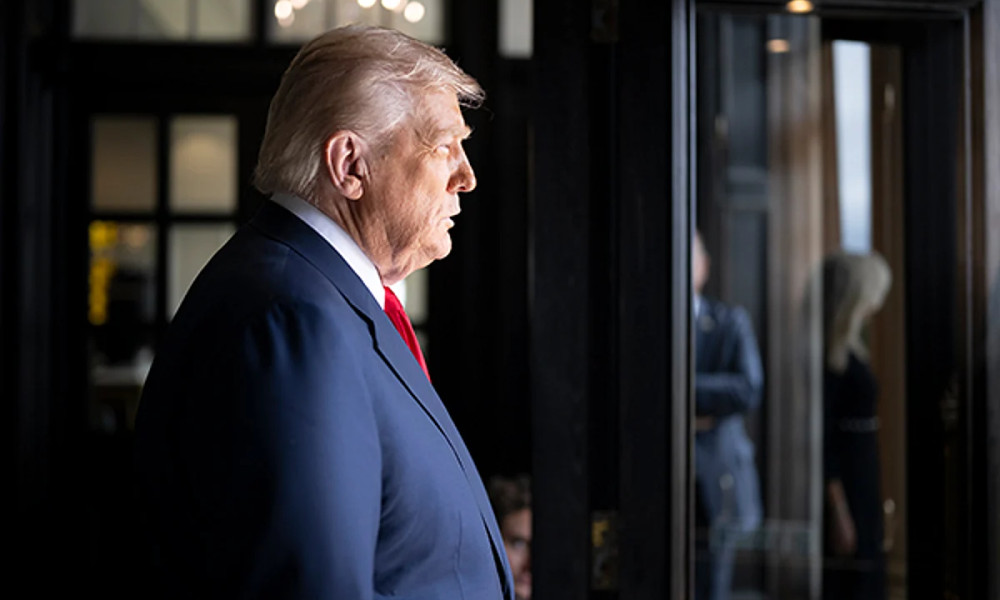Indian equity markets took a sharp dive today after US President Donald Trump announced a 25 percent tariff on Indian exports. The unexpected move sent shockwaves through the trading floors, with the BSE Sensex dropping 601 points and the NSE Nifty 50 falling below the critical 24,700 mark. Investors scrambled to adjust their positions as fears of a prolonged trade dispute grew.
The losses were widespread. Every single sectoral index was in the red within minutes of the opening bell. Small and mid-cap stocks were hit especially hard, both sliding more than 1.25 percent. Export-heavy sectors like textiles, pharmaceuticals, and auto components were among the worst affected. Industry leaders such as Dr Reddys, Reliance Industries, and Mahindra & Mahindra saw significant declines. Only a handful of stocks, including Jio Financial and Tata Steel, managed to stay afloat.
Market capitalization took a brutal hit. Domestic equities lost more than ₹5.5 lakh crore in value in just the first 15 minutes of trading. The ripple effects extended beyond stocks. The Indian rupee weakened further, hovering near its historic low against the US dollar. Currency traders are now bracing for potential RBI intervention to stabilize the situation. Foreign investors have already withdrawn close to $2 billion this month, adding to the downward pressure.
Analysts suggest this could be a tactical maneuver by the Trump administration rather than the start of a full-blown trade war. The US and India have shared strategic interests, and many expect negotiations to ease tensions eventually. Still, the immediate market outlook remains shaky. Investors are watching closely for any diplomatic developments that could influence trade policies and corporate earnings.
From a technical standpoint, the Nifty may find temporary support around 24,600-24,750, while resistance looms near 25,000-25,200. Similarly, the Sensex could stabilize near the 80,000 level. However, without clear signs of resolution, traders are preparing for more turbulence ahead. The coming days will be crucial as markets digest the implications of the new tariffs and possible retaliatory measures.

